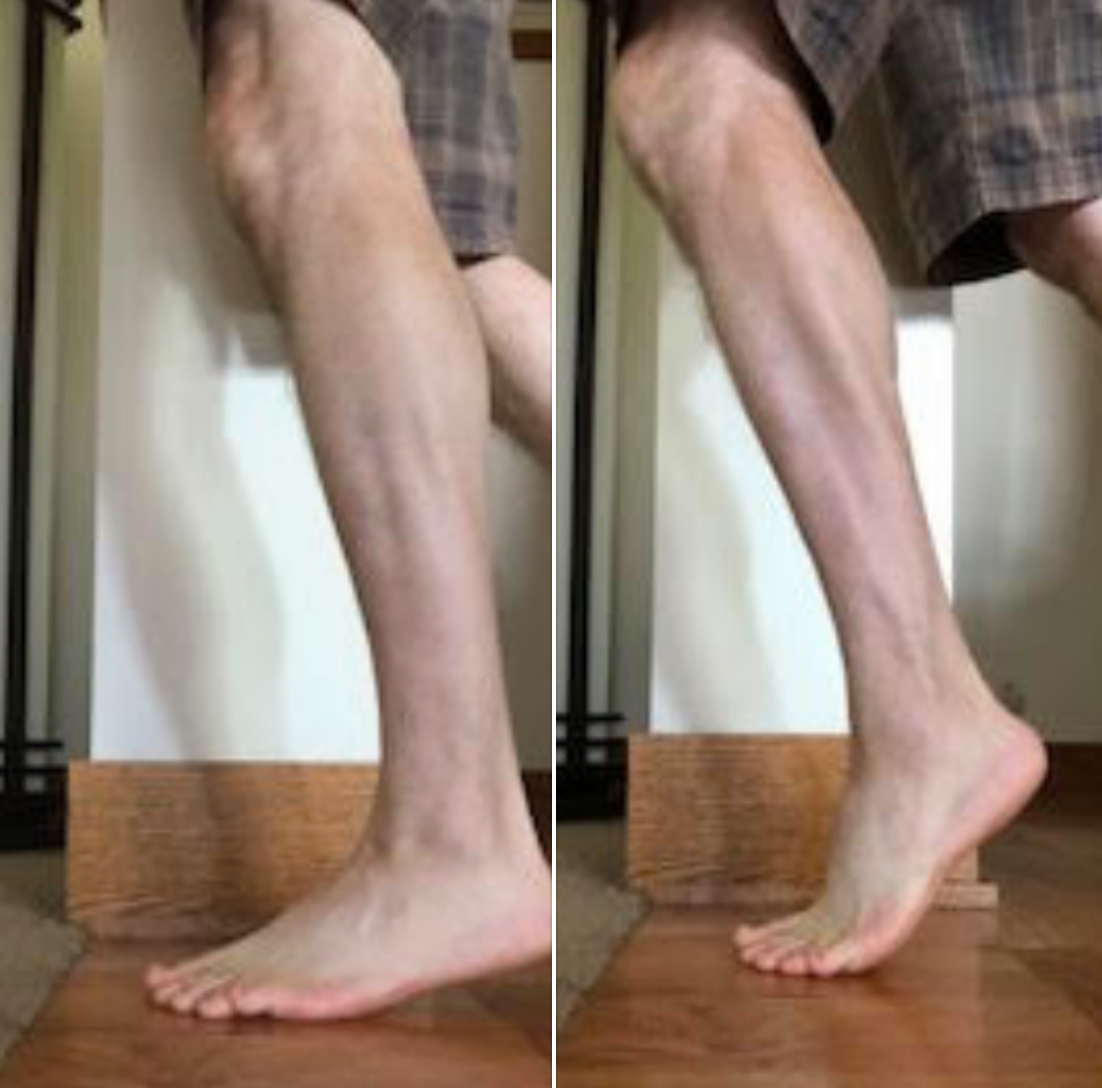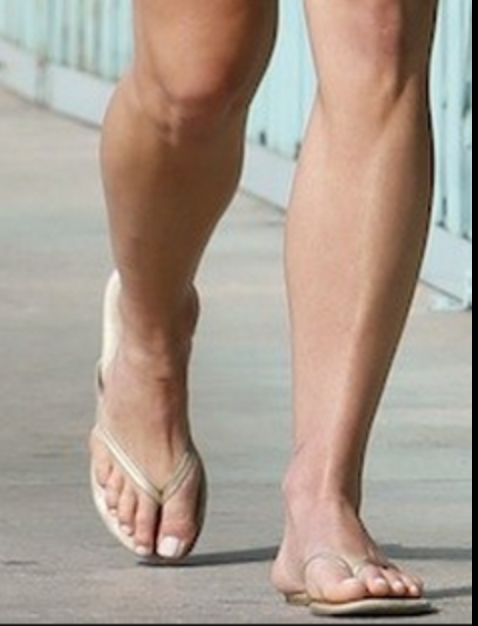Forefoot running, achilles loads & gait retraining
/tag/key words: gait, gaitproblems, gaitanalysis, forefootrunning, forefootstrike, achilles, heelstrike, elastography, thegaitguys, microvascularity, rockeredshoes, HOKA, metarocker, gaitretraining,
Links to find the podcast:
Look for us on iTunes, Google Play, Podbean, PlayerFM and more.
Just Google "the gait guys podcast".
Our Websites:
www.thegaitguys.com
Find Exclusive content at: https://www.patreon.com/thegaitguys
doctorallen.co
summitchiroandrehab.com
shawnallen.net
Our website is all you need to remember. Everything you want, need and wish for is right there on the site.
Interested in our stuff ? Want to buy some of our lectures or our National Shoe Fit program? Click here (thegaitguys.com or thegaitguys.tumblr.com) and you will come to our websites. In the tabs, you will find tabs for STORE, SEMINARS, BOOK etc. We also lecture every 3rd Wednesday of the month on onlineCE.com. We have an extensive catalogued library of our courses there, you can take them any time for a nominal fee (~$20).
Our podcast is on iTunes and just about every other podcast harbor site, just google "the gait guys podcast", you will find us.
Where to find us, the podcast Links:
iTunes page:
https://itunes.apple.com/us/podcast/the-gait-guys-podcast/id559864138?mt=2
Google Play:
https://play.google.com/music/m/Icdfyphojzy3drj2tsxaxuadiue?t=The_Gait_Guys_Podcast
Direct download URL: http://traffic.libsyn.com/thegaitguys/pod_150.2_-_42719_5.00_PM.mp3
Permalink URL: http://thegaitguys.libsyn.com/forefoot-running-achilles-loads-gait-retraining
Libsyn Directory URL: http://directory.libsyn.com/episode/index/id/9555122
Show notes:
Ultrasound elastographic assessment of plantar fascia in runners using rearfoot strike and forefoot strike. Tony Lin-WeiChen et al
https://www.sciencedirect.com/science/article/pii/S0021929019302775
J Sci Med Sport. 2015 Mar;18(2):133-8. doi: 10.1016/j.jsams.2014.02.008. Epub 2014 Feb 14.
Rocker shoes reduce Achilles tendon load in running and walking in patients with chronic Achilles tendinopathy.. Sobhani S et al
https://www.ncbi.nlm.nih.gov/pubmed/24636129/
The increase in muscle force after 4 weeks of strength training is mediated by adaptations in motor unit recruitment and rate coding. Alessandro Del Vecchio et al
https://physoc.onlinelibrary.wiley.com/doi/10.1113/JP277250
Learning new gait patterns is enhanced by specificity of training rather than progression of task difficulty. ChandramouliKrishnan et al
https://www.sciencedirect.com/science/article/pii/S0021929019301927
The microvascular volume of the Achilles tendon is increased in patients with tendinopathy at rest and after a 1-hour treadmill run. Pingel J et al
Am J Sports Med. 2013 Oct;41(10):2400-8. doi: 10.1177/0363546513498988. Epub 2013 Aug 12.
https://www.ncbi.nlm.nih.gov/pubmed/23940204/
*** Our PODcast disclaimer:
This podcast is for general informational purposes only. It does not constitute the practice of medicine, nursing, rehab, treatment, therapy recommendations or anything of the sort. This podcast should not replace proper medical advise that should only be attained through proper medical channels that would entail a full medical and/or biomechanical physical examination and/or appropriate diagnostic testing. No doctor-patient relationship is formed by listening to this podcast or any information gleaned from our writings or social media work.
The use of this information and the materials linked to the podcast is taken at the users own risk. This podcast and the content shared is not intended to replace or be a substitute for appropriate professional medical advise diagnosis or treatment. Users should not disregard or delay obtaining medical advice for any condition they have and should seek the advice and assistance from their providers for any such conditions.





























